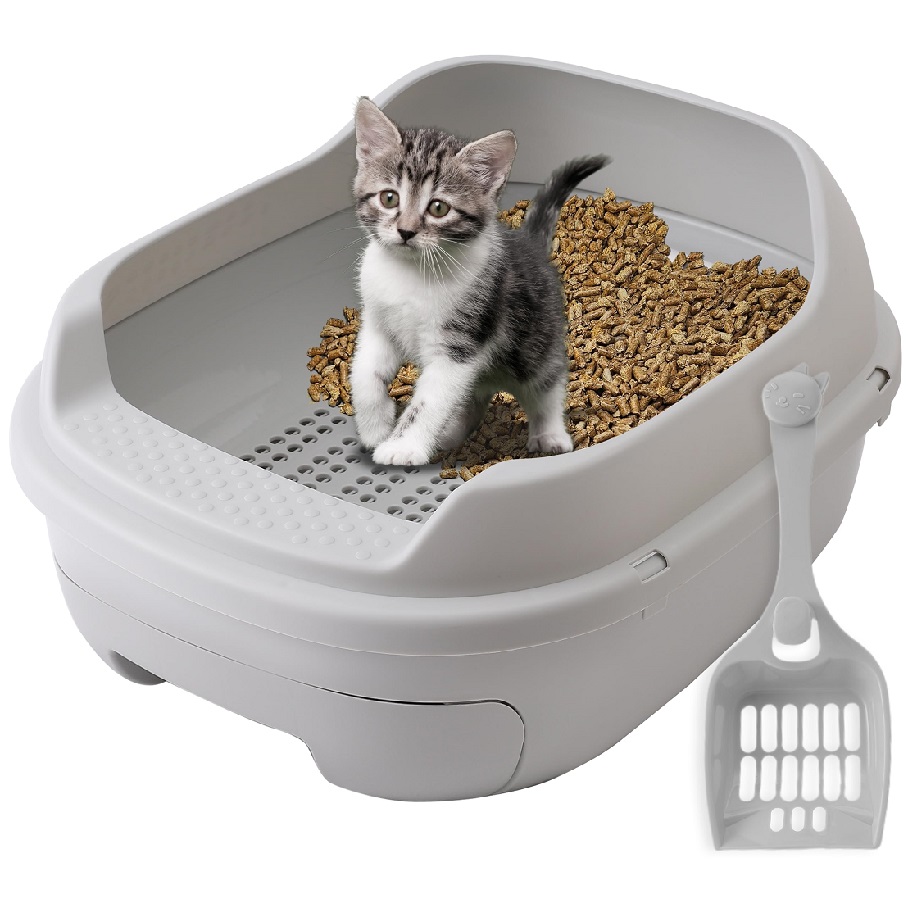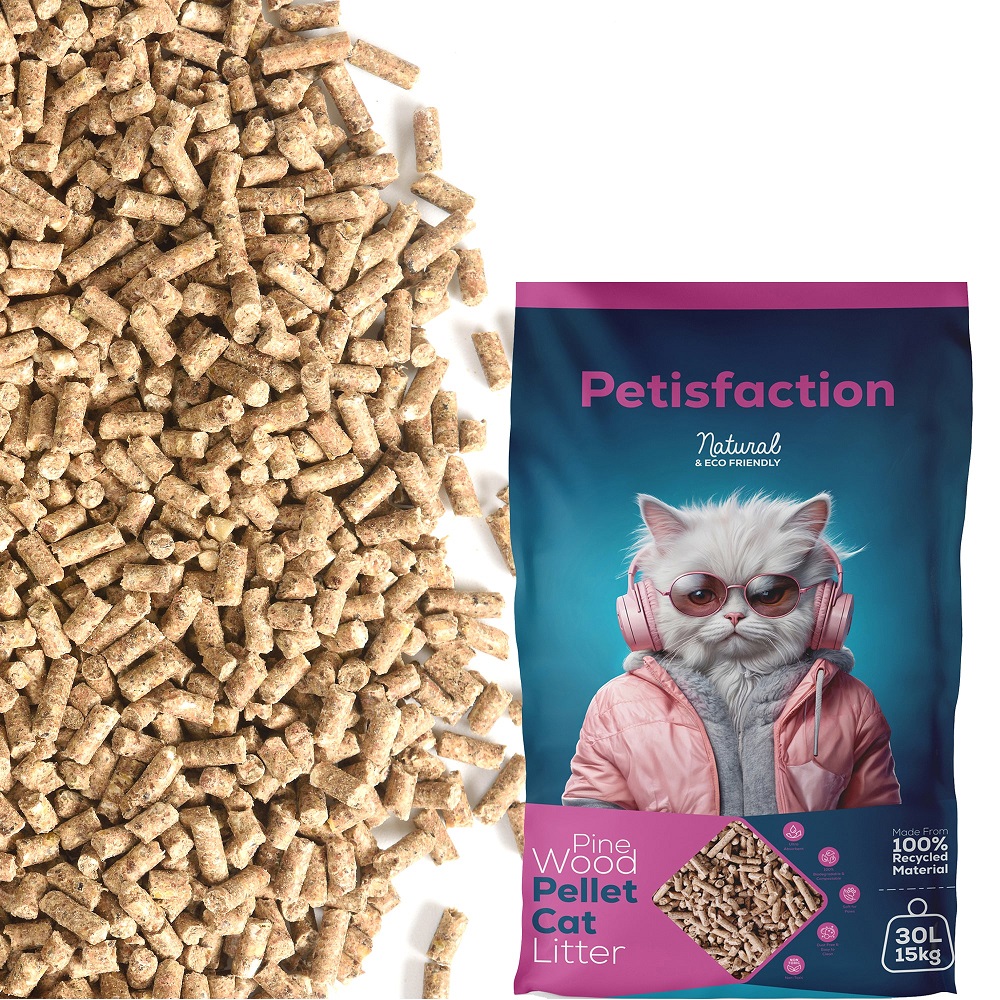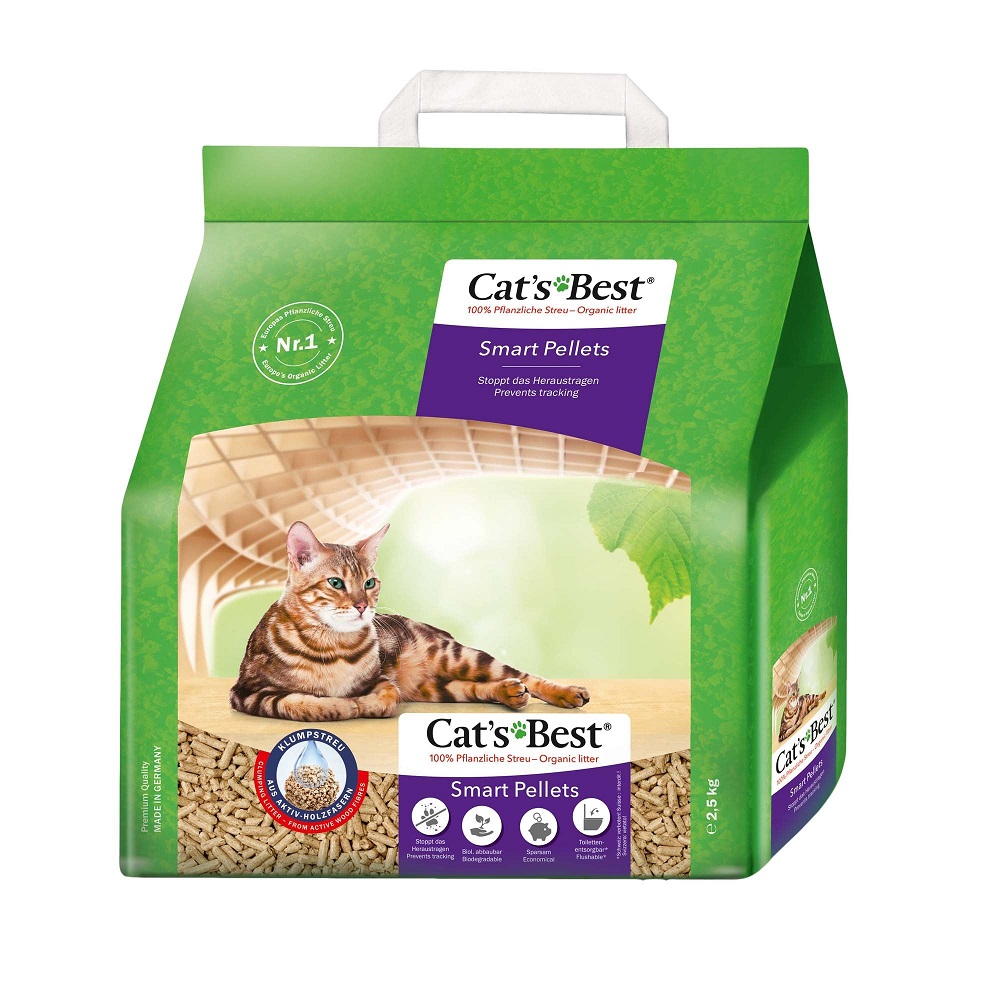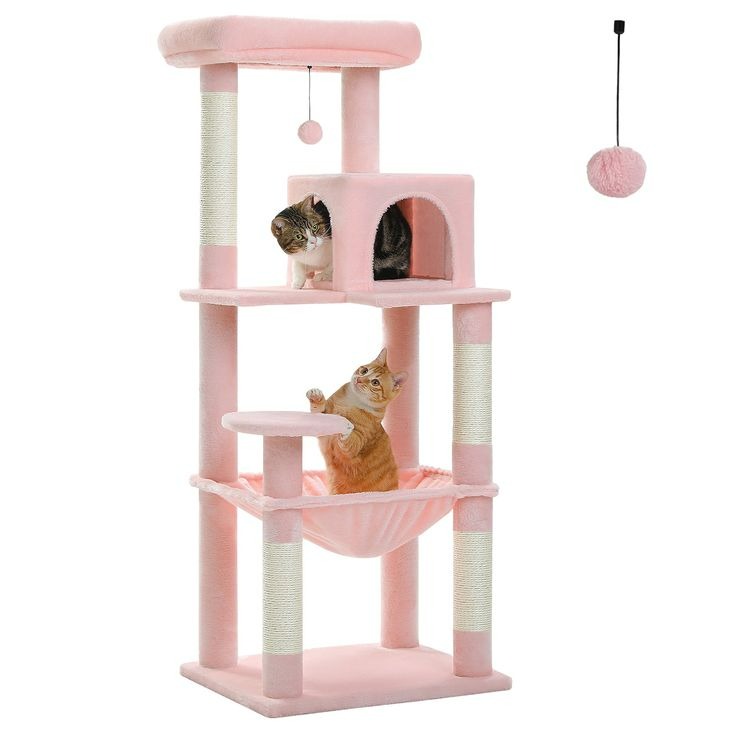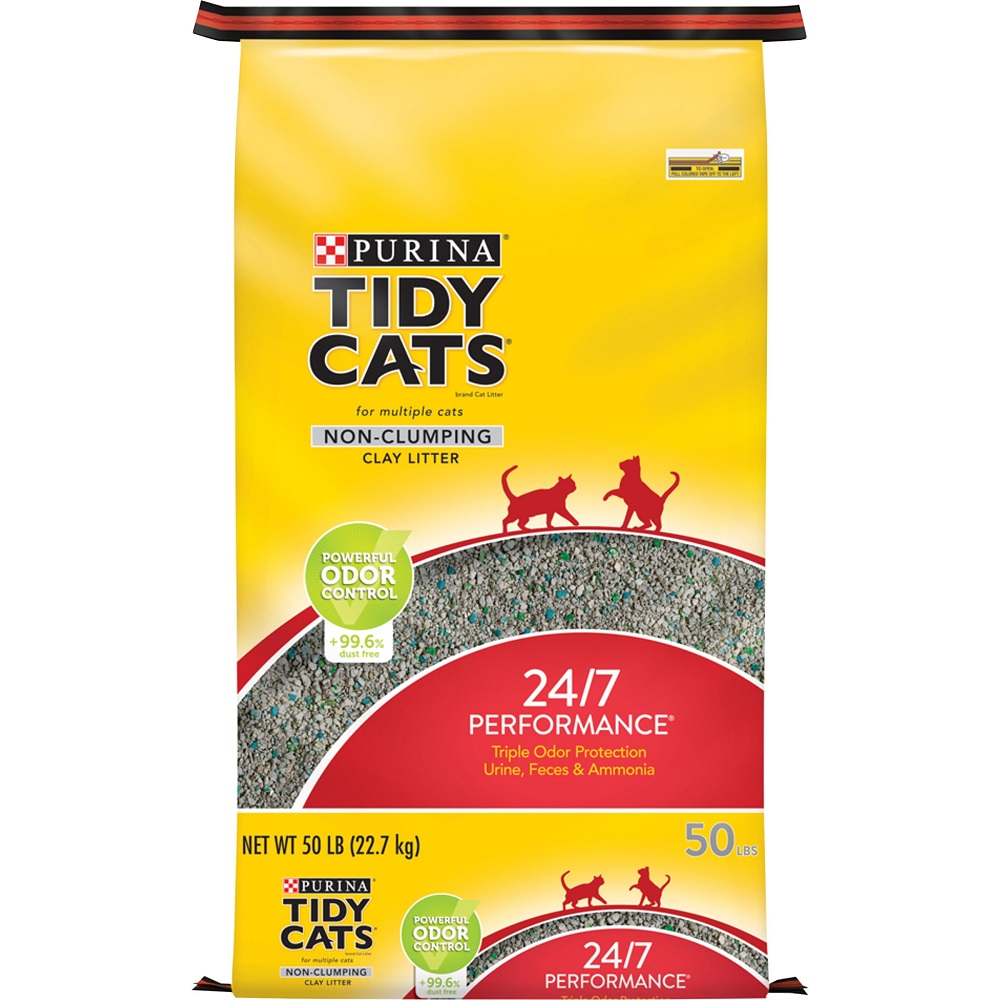Introduction to Pellet Cat Litter
Choosing the right type of cat litter is crucial for your cat’s health and your convenience. Pellet cat litter is one choice among several. It’s known for being eco-friendly and low-maintenance. In this blog post, we’ll explore the pellet cat litter pros and cons extensively. From its environmental impact to its hypoallergenic properties, we’ll cover all you need to know before deciding.
Pellet cat litter comes in larger pieces than traditional litter. It is often made from natural materials like wood or paper. This kind of litter has gained popularity for its benefits to the environment and the home. Yet, it is not without its drawbacks. Comfort for cats and cost are examples of factors to consider.
For new cat owners especially, knowing these pros and cons can help make an informed decision. We’ll delve into how pellet cat litter stacks up against other types. Let’s begin with what pellet cat litter is, how it affects the environment, and its benefits and limitations.
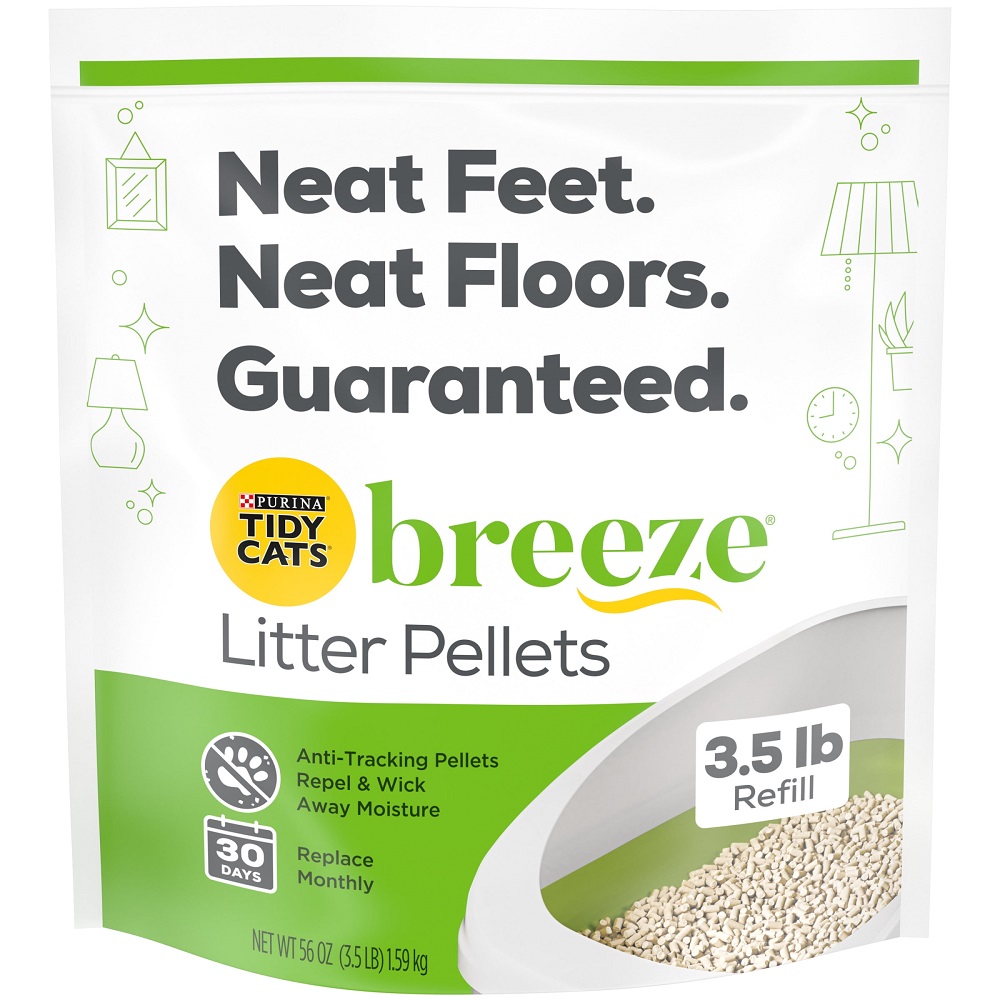
The Environmental Impact of Pellet Cat Litter
Environmental concerns play a major role in choosing cat litter. Pellet cat litter stands out with its eco-friendly features. Let’s look at how pellet litter affects the environment and why it’s a greener choice.
Biodegradable and Eco-Friendly Options
Pellet cat litter often uses materials like wood or paper, which are biodegradable. This means they break down naturally in the environment.
Biodegradable litters have a smaller environmental footprint. They can reduce landfill waste compared to non-biodegradable litter. Pellets made from renewable resources like sawdust or recycled paper offer a sustainable option. These materials come from waste products and do not require new resources.
Eco-friendly litters are also free from chemicals that could harm the environment. They don’t contain artificial fragrances or clumping agents found in traditional litters. Thus, they are safer for both your cat and the ecosystem.
Choosing pellet cat litter not only lessens waste but also supports recycling initiatives. As more cat owners select biodegradable options, the demand grows. This can lead to increased recycling and better waste management practices.
With eco-conscious consumers on the rise, pellet litter provides a way to care for cats and the planet. By using biodegradable options, you make a choice that benefits the larger ecology. It’s a responsible step towards sustainable pet care.
Pros of Choosing Pellet Cat Litter
One significant advantage of pellet cat litter is its array of benefits for both cats and caregivers.
Reduced Tracking and Mess
Pellet cat litter minimizes household mess. The larger size of the pellets restricts them from sticking to your cat’s paws, hence less tracking throughout the house. This results in a cleaner living space and less frequent need for sweeping or vacuuming.
Hypoallergenic Properties
For those with sensitivities, pellet cat litter offers hypoallergenic attributes. Made from natural materials, it’s less likely to provoke allergic reactions in humans or pets. This makes for an overall healthier home environment.
Lightweight and Convenient
Carrying and handling litter has never been easier. Pellet cat litter is notably lightweight, making storage and transport hassle-free. The ease of use extends to the simplicity of disposing of used pellets.
Non-Toxic and Safe for Cats
Prioritizing your cat’s health, pellet litter is non-toxic. Without harsh chemicals or fragrances, it reduces the risk of health concerns linked to traditional clumping litters. This safety aspect provides peace of mind for pet parents.
Cons Associated with Pellet Cat Litter
Despite the benefits, pellet cat litter has its drawbacks. It’s not perfect for every situation or cat. Let’s take a closer look at the cons.
Potential Comfort Issues for Cats
Some cats prefer softer litter under their paws. Pellet cat litter, being chunkier, may not be their first choice. Cats accustomed to finer litters might find pellets uncomfortable. This can lead to litter box avoidance.
Availability and Accessibility
Pellet litters are less common in stores than traditional clumping clay litters. You may find fewer brands or varieties on shelves. Shopping online for pellet litter can expand your options, but it might involve shipping costs.
Cost Comparison with Other Litter Types
Pellet litter can be more expensive than clay litter. While natural and biodegradable, the cost might not fit every budget. It’s important to weigh the long-term benefits against the initial price increase.
Adjustment Period for Cats
Switching to pellet litter may require a transition for your cat. Cats are creatures of habit and might need time to adjust. Blending pellet with their old litter at first can help ease them into the change.
Comparing Pellet Litter with Other Types
When evaluating pellet cat litter pros and cons, it’s helpful to compare pellet litter with other common types. By understanding the differences, you can better assess which litter suits your cat and lifestyle best.
Wood Pellet vs. Clay Litter
Wood pellet cat litter is praised for being eco-friendly and for its natural odor control, thanks to its wood composition. However, clay litter is more widely available and generally cheaper, which makes it a popular choice among cat owners. Unlike wood pellets, clay litter is known for its clumping ability, which can make clean-up easier.
Paper Cat Litter and Pellet Litter
Paper litter, like pellet varieties, offers a low-dust and lightweight solution. It’s also an eco-conscious choice since it’s often made from recycled materials. However, paper cat litter may not control odors as effectively as some pellet litters and can be less absorbent, leading to more frequent changes.
Tofu and Corn Cat Litter Alternatives
Tofu and corn litters provide biodegradable and natural alternatives, much like pellet litter. They typically clump well and offer odor control, but can be more costly. They are also flushable, adding convenience for disposal. Corn litter is also known for being soft on paws, which might make it more attractive to some cats compared to pellets.
The Bottom Line: Is Pellet Litter Right for Your Cat?
When it comes down to choosing the ideal cat litter, there’s a lot to consider. Pellet cat litter has both pros and cons that can impact your final decision. Your choice should hinge on what’s best for your cat’s comfort and your lifestyle needs.
Making the Choice Based on Cat Preferences and Owner Lifestyle
Each cat is unique with its preferences. Some cats may enjoy pellet litter while others might not. Observe your cat’s reaction to the litter. Comfort is key for their daily routine. Ease of cleaning and litter management are important for owners. Consider how much time you have for upkeep. Does the price work with your budget? Remember, pellet cat litter can be pricier. Think about sustainability. Eco-friendly options like pellet litter help reduce waste. Be patient when adjusting to pellet litter. Your cat may need time to get used to new textures.
Your lifestyle plays a big role in this choice. If you travel often, the lightweight nature of pellet litter makes it easy to handle. If you’re busy and prefer less mess, pellet litter’s minimal tracking is ideal. For those with allergies, pellet litter’s hypoallergenic qualities can make a world of difference. Do you prefer using environmentally friendly products? Then the biodegradable aspect of this litter aligns with your values.
In essence, whether pellet litter is right for your cat largely depends on your furry friend’s habits and your own preferences. Weighing these factors against the pros and cons of pellet litter will guide you to the best choice for your household.
Conclusion and Final Thoughts on Pellet Cat Litter
In wrapping up our discussion on pellet cat litter pros and cons, remember this option shines with its eco-friendly and biodegradable qualities. However, comfort and cost stand as key considerations. The choice of litter ties closely to your pet’s happiness and your satisfaction with daily litter management.
Considering pellet litter’s reduced tracking and hypoallergenic traits, it presents a healthier and cleaner environment. Yet, be mindful of potential issues like the pellets’ texture, which may not be every cat’s preference. Accessibility and price also factor into your decision. It might take more effort to find and can strike higher on your budget compared to conventional options.
When comparing pellet litter to other types, weigh factors like environmental benefits, cleanup ease, and how it jives with your cat’s habits. Wood and paper varieties echo pellet’s sustainable ethos, while tofu and corn litters rank high on clumping and comfort. Your commitment to ecological responsibility and the time you dedicate to litter maintenance will guide your final pick.
Before switching to pellet litter, consider blending it with your cat’s current choice for a smoother transition. This could ease your furry friend into a new routine, stressing the importance of patience.
Ultimately, pellet cat litter might be the right path if you value low maintenance and eco-friendliness, providing you’re willing to work around its few limitations. Let your cat’s behavior and your lifestyle needs guide you towards the best choice for a harmonious home. Take into account the pros, cons, and special requirements of pellet litter before making an informed decision.
